
9 minute read
Gallery of Photos . . . . . . . . . . . . . . . . . . . . . . . . . . . . . . . . . . . . . . . . . . . 32
o o o o GREAT MEMORIES
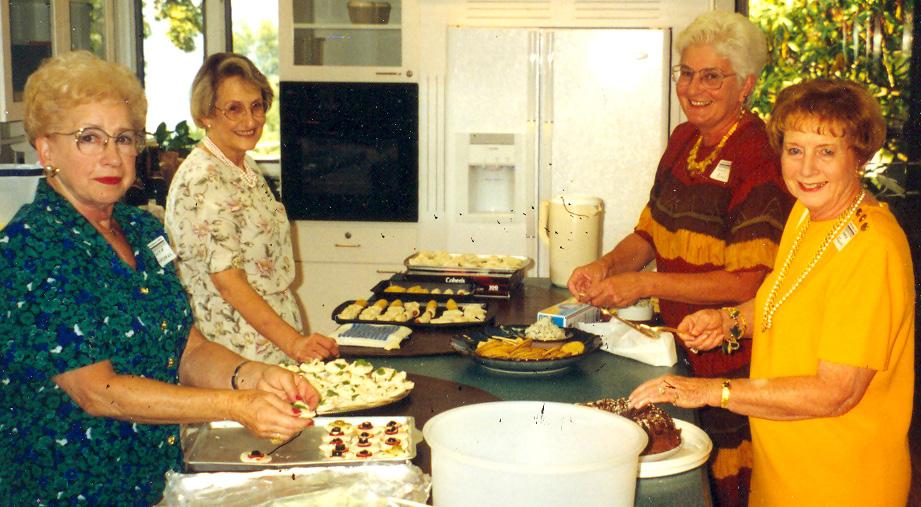
Advertisement
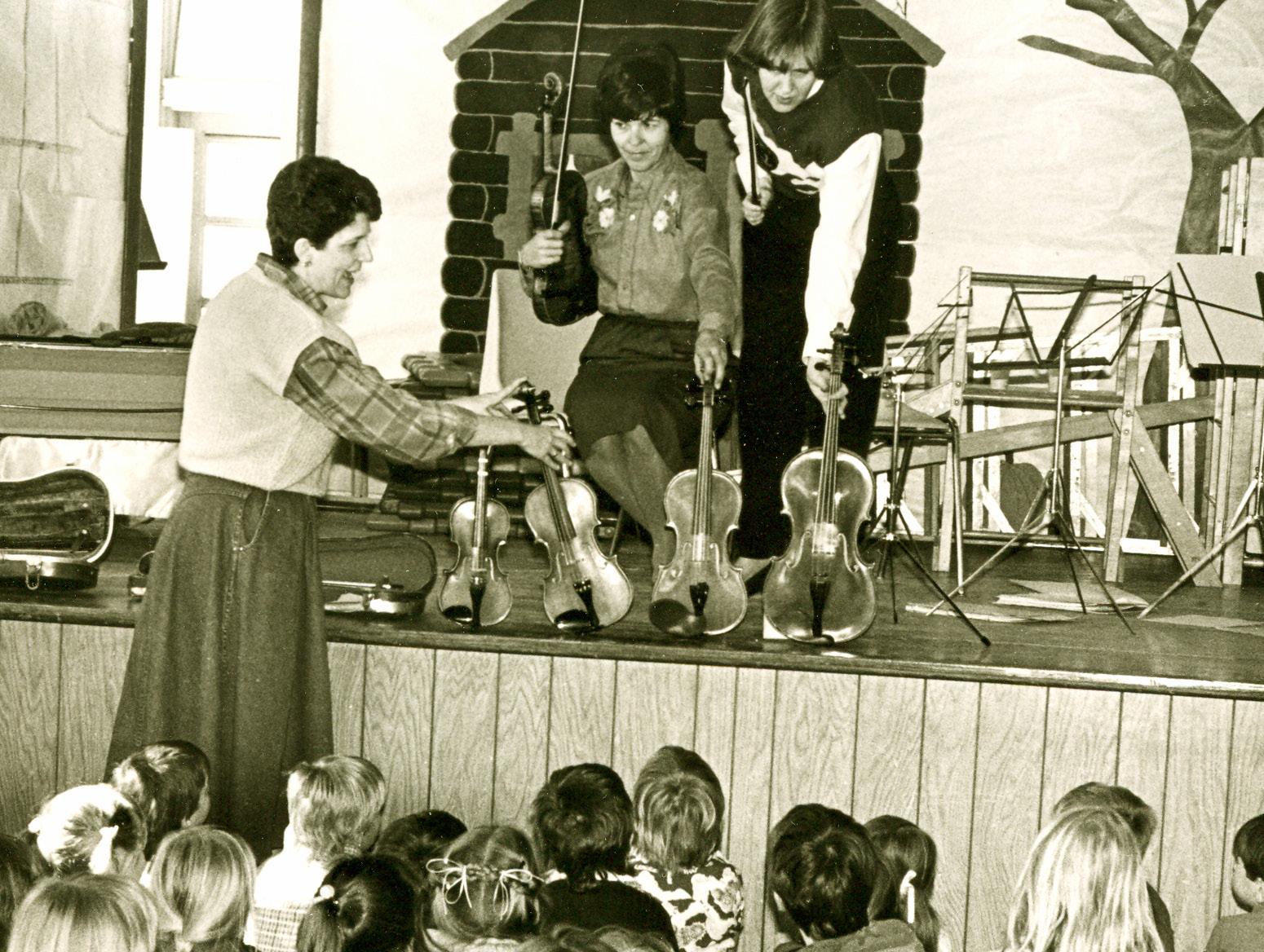


Additional photos from the archives on pages 39 and 63 . . .

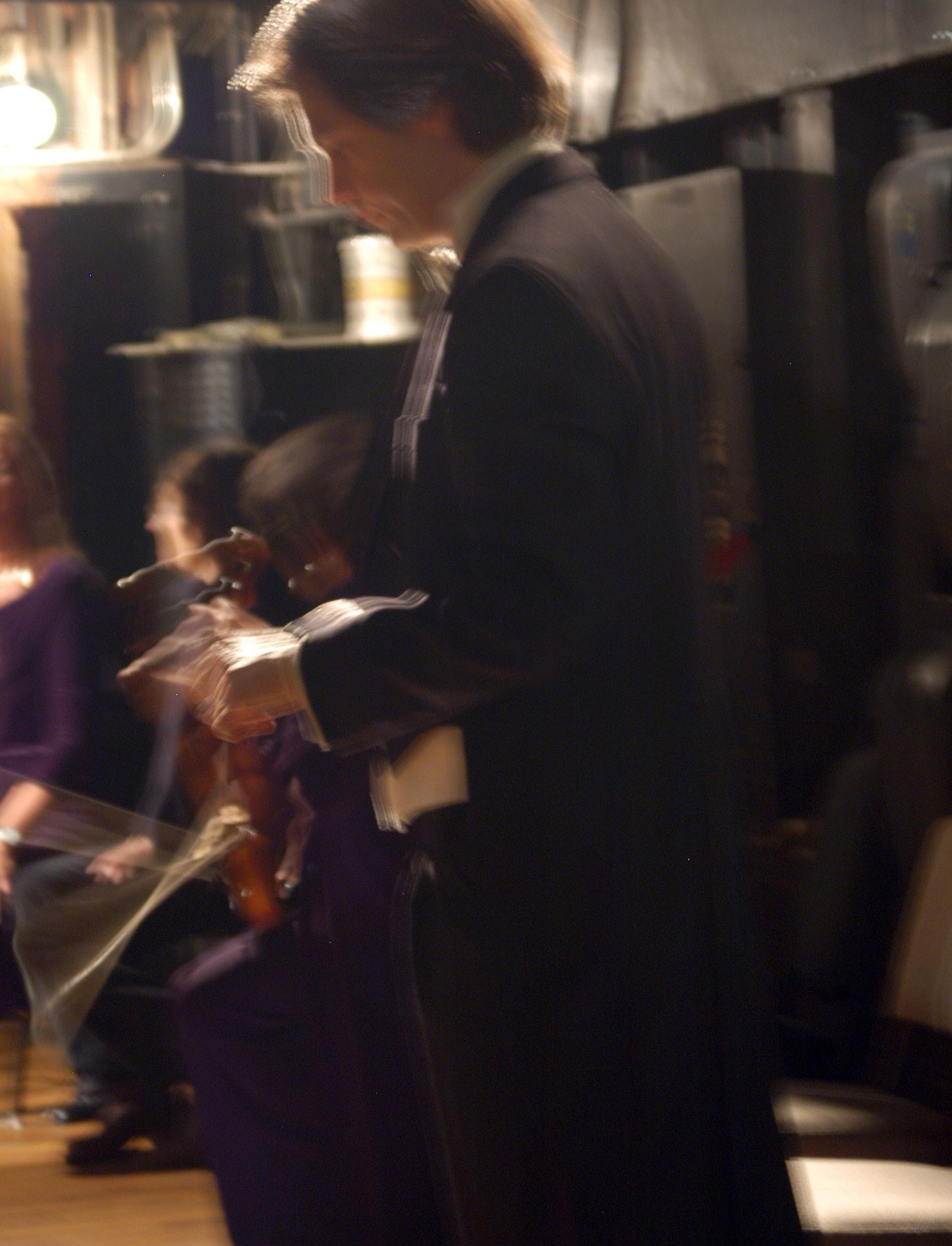
34 Great Music • Great Memories • 1960-2010 BACKSTAGE
BACKSTAGE The Offstage Team Who Makes Onstage Happen
The Asheville Symphony staff wrangles musicians, equipment, schedules, finances and audiences.
The conductor is the name and face we most associate with a symphony. Try saying “Boston Pops” without thinking “Arthur Fiedler.” (Sorry, John Williams and Keith Lockhart.)
But if the conductor is the face of the orchestra and the person who keeps the musicians at their best, who keeps the conductor and the musicians and a dedicated corps of board members and volunteers playing at such a high level?
For the Asheville Symphony, that would be Executive Director Steven R. Hageman, Artistic Administrator Sally J. Keeney, Office Administrator Elisabeth P. Varner and Operations and Stage Manager Michael J. Morel. They are the offstage team who make what happens onstage possible.

Steven R. Hageman
Business focus
“I’m not a musician or an artist,” says Steven R. Hageman. “I focus on the business side, the fund-raising side, the development, the long-term health and viability of the organization.”
Still, as a concertgoer since his days as a business student at Indiana University (which has one of the country’s top music schools), Steve understands that the Symphony’s business is music. “I make sure to fit the financial operations of the organization with the long-range artistic goals of the board, the music director and the community,” he says.
Steve came to the Symphony after a 20-year career on Wall Street and in Florida. Although he considers Chicago his hometown, his parents, the late Betty and Bob Hageman, moved to Asheville while Steve was in college. He joined the family equipment leasing business here in 1993.
Steve and his wife were attending the Symphony with a good friend, David Pheil, who was president of Symphony’s board at the time. “The person they had hired as executive director left after a year, and he knew I was looking around, with no intention of staying in the family business. He asked me if I wanted to watch the Symphony for awhile.” “Watching it” turned into a 14-year commitment.
Ask Steve when he started and he’ll tell you the exact date: May 1, 1997. “The main thing I found,” he says, “was lack of things employees need to run an efficient business: computers, software, hardware. Elisabeth and Sally shared a computer; they had to get up from their desks and go to a computer station. You need to give employees the tools they need to perform their jobs.”
The budget at the time was around $700,000. “We were just breaking even,” Steve says. “There was no reserve, no backup. They had gone through a crisis a few years prior to my arrival and had done a ‘Save Our Symphony’ campaign to raise money and awareness. We were able to operate, not in a grand fashion, but basically function.” Now, Steve says, “We’ve become a much more business-like organization.”
With the financial stability that Steve brought to the organization, the Symphony was ready to extend the September-April season with an additional concert in May. That was in 2006-07, the orchestra’s second year under new Music Director Daniel Meyer. Daniel’s arrival generated a jump in Symphony support.

Clockwise from left: Elisabeth P. Varner, Sally J. Keeney, Michael J. Morel and Steven R. Hageman
“We used to have six Masterworks concerts,” Steve says, “but we felt with growing demand and the interest we were seeing from our ticket buyers, a seventh concert would round out the season. Adding a concert is always an economic risk.”
What does the executive director do at the actual performance?
After giving a short welcome from the stage (“The key to a good curtain speech is brevity,” Steve says), he gets to sit in the audience. Does he worry? “I feel a sense of accomplishment and pride,” he says, but then adds, “As much as I enjoy our symphony, I’m working and can’t relax. So I go down to hear the Atlanta Symphony at least once a season.”
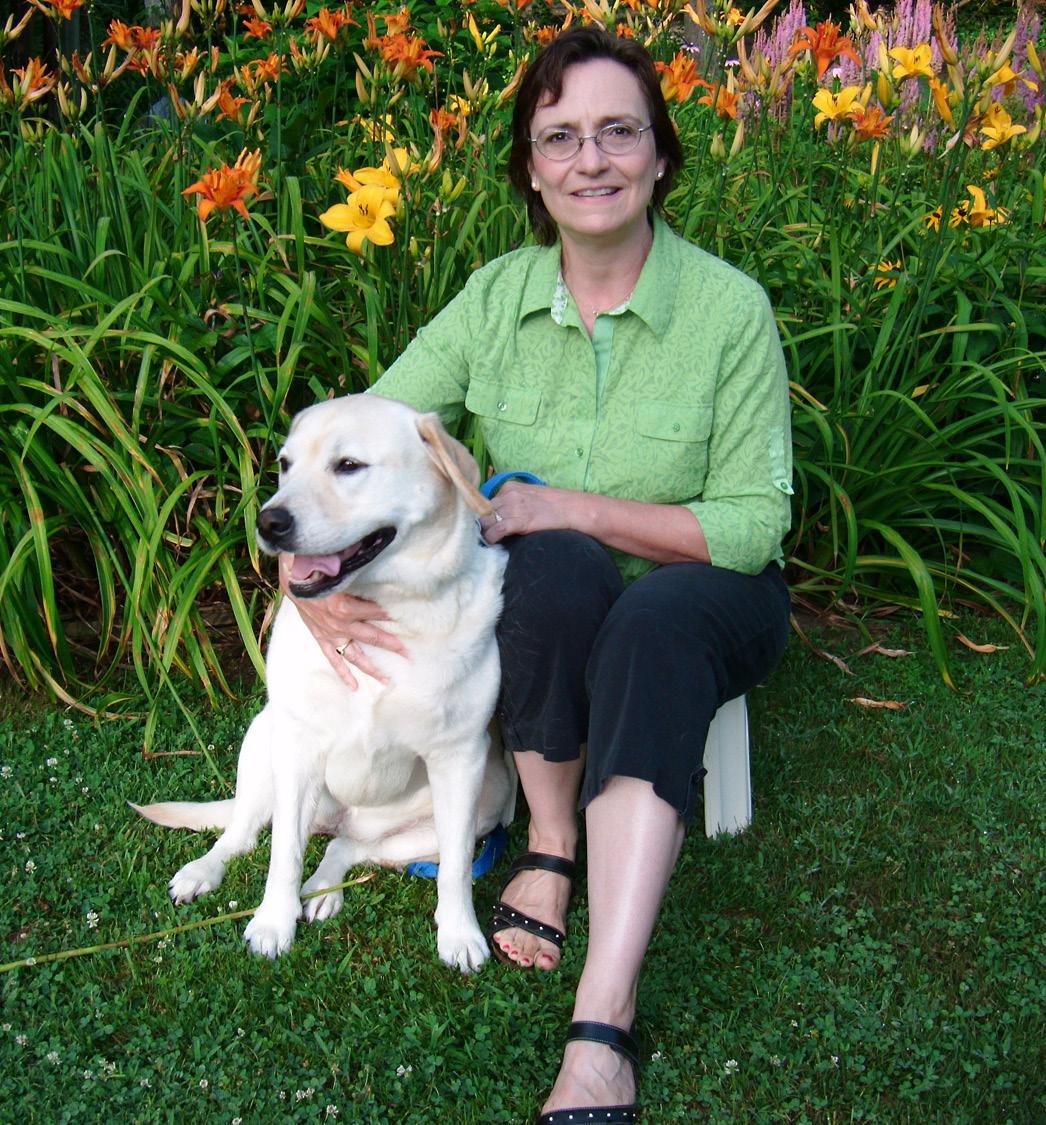
Elisabeth P. Varner

Sally J. Keeney
In the lobby and backstage
Even if he can’t relax at an Asheville Symphony concert, at least Steve hears it from out front. Elisabeth Varner, who has been with the Symphony since 1986 and Sally Keeney, who has been onboard since 1982, have never heard the Symphony the way the audience hears it.
“I rarely ever get to enjoy the concert,” Elisabeth says. On concert days, she arrives at 9:00 a.m. and stays until the performance is over around 11:00 p.m. Immediately before it begins, she is at a table in the lobby of the Thomas Wolfe Auditorium making sure subscribers have their tickets. “You’d be shocked at the number of people who forget their tickets,” she says.
Once the performance begins, she stays in the lobby to help latecomers. Then she goes to the banquet hall upstairs to arrange an after-concert reception. Because Daniel Meyer gives a pre-show talk there right before the concert, the room can’t be set up until afterwards.
“I have to move tables and chairs around, put out candles and flowers,” she says. “By 11:00 p.m., I’m draggin’ my wagon.”
While Elisabeth is upstairs, Sally is sitting in the wings ready for whatever might happen. “When Daniel walks offstage,” she says, “I greet him with a towel and water. I did that with Bob Baker as well. It’s something that helps them out and it’s easy to do.”
Audiences try not to cough or rustle paper while the orchestra is playing. What about the musicians? “If somebody goes into a coughing spasm,” Sally says, “I can try to slide a cough drop out to them. If someone gets ill, they all know I’m right there, they can look over to get my attention.”
Occasionally Sally has to make a discreet onstage appearance. “I’ve righted a music stand that fell over. When we’ve played outside, I’ve held down music stands in the wind.”
Of course, performances are only one part of the story. Elisabeth ticks off some other duties. “I sell tickets, I pay all the bills and do the billing for our advertisers. Sally and I together do the seating assignments for our subscribers, which is a pretty big job.”
It’s more than just “pretty big,” it’s a huge job to get 1,400 subscribers into the seats they want seven times a season.
As subscription orders arrive in August, Sally and Elisabeth work full-time for at least a week to figure out who goes where. “It’s like the pieces of a giant puzzle,” Elisabeth says. “We try to give them as close to what they want as we can. People definitely do have their preferences.”
BACKSTAGE
They can’t give everyone front row mezzanine seats, usually the most desirable for sight and sound. Current subscribers can renew their same seats or make changes by a certain date. New subscribers then get their seats. Last assignments go to buyers of the “Pick Three” out of the seven concerts.
Elisabeth notes that when she and Sally began doing this, they had no computers. They used notebooks, with a page for every row. “The auditorium has 2,354 seats,” she says, citing the number easily, “and every single row has an odd number of seats. I think that’s very peculiar. Most of them have 15 seats.” They spent a lot of time writing—and erasing—until every subscriber had the best seat Elisabeth and Sally could find.
Even with computers, the task involves not only putting a puzzle together but diplomacy as well. “If we get to point where someone says, ‘I want this seat and nothing else,’ we have to call them,” Elisabeth says. “We say, ‘This isn’t available but we have this, will this work for you?’ People appreciate the effort. Very seldom do I have someone say, ‘I’m just not going to do it.’”
After 23 years, Elisabeth and Sally know a lot of the subscribers’ preferences by heart. “I really do,” Elisabeth says. “I can look at somebody and know where they sit.”
Wrangling musicians
While Elisabeth handles the audience, Sally wrangles musicians. The Symphony has a core roster of 94 musicians, but not every musician is needed for every concert. Since most of the musicians play in other symphonies and some live in other communities, not every musician is available for every concert. So another giant puzzle with multiple pieces for Sally to put together.
When she began in 1982, she had the names of the musicians in a computer database but no spreadsheet program to move them around easily. “I remember sitting on my living floor with spreadsheets spread everywhere, everything handwritten,” she says, “managing their contracts, their payments, calling them all to hire them, because you couldn’t send e-mails then.”
To complicate matters further, not all the players in the large string sections sit in the same seat for every concert. Except for the principal, associate principal and assistant principals, they sit two to a music stand and change partners and positions. Why? “To make sure that people don’t always sit in the back and don’t always sit in the front, to make it fair,” Sally says.
And Sally considers tiny nuances for each musician as well. “Sometimes someone doesn’t see from the left as well as from the right, so they have to be on the correct side of the music stand,” she says.
Weather, illness and last-minute schedule conflicts can require Sally to turn to her database of almost 800 substitute musicians. “Just this last season, I must have lost 10 or 12 musicians in the last two weeks before a concert,” she says. “Two people had fallen on the ice and broken a wrist. A lot of Symphony musicians are professors at colleges and have events they must attend. Somebody has a baby, or their wife has a baby. I had to scramble to get musicians and scramble to get the music to their substitutes.”
Advance planning
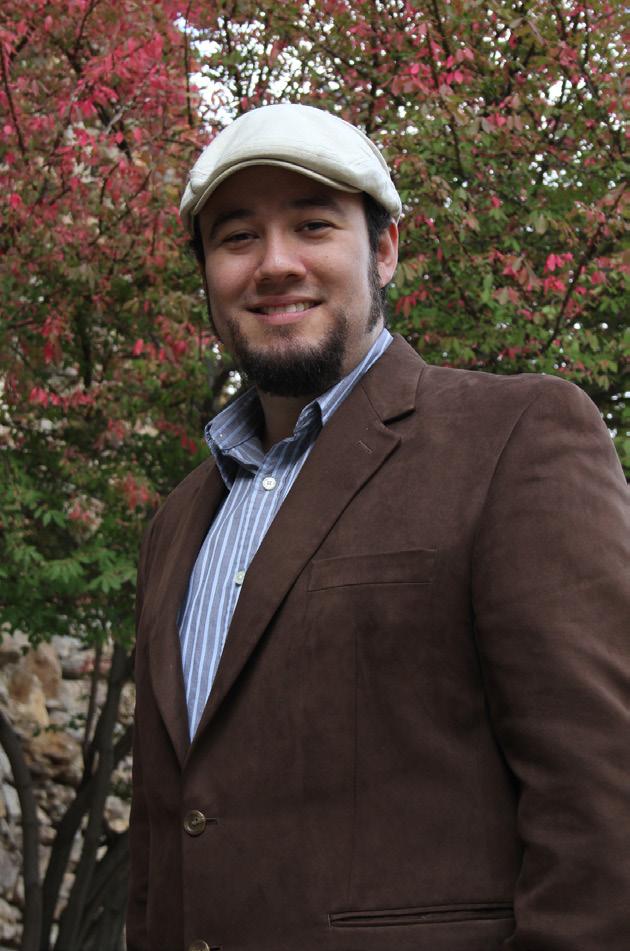
Like Sally and Elisabeth, Stage Manager Michael Morel has months of advance planning before each season. Then there is an intense round of duties right before and during each performance. He works with Sally, Elisabeth, Steve and Daniel Meyer to figure out how the stage will be need to be set-up for each concert. And there are even changes during a concert, when pieces in the evening’s schedule have different requirements for numbers of players and instruments.
Concerts with theatrical elements, such as the Red Herring Puppets performing Petrushka in 2008, are often planned a year or two ahead. “These concerts often require cooperation with other partners,” Mike says, citing working with NASA for Hubble Telescope images projected during The Planets in 2007 and a pool of professional photographers for images
Michael J. Morel








